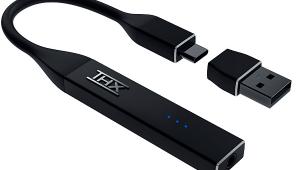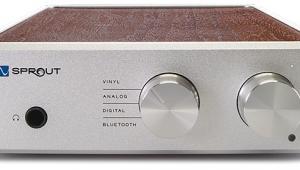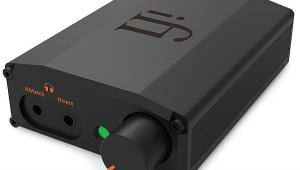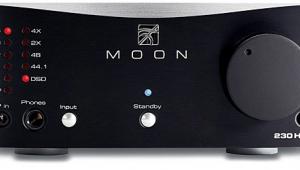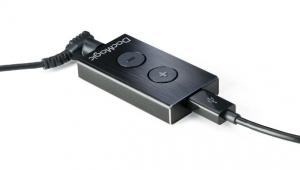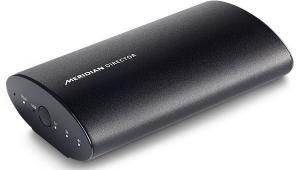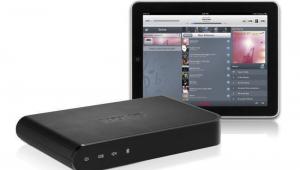iPhone Home Page 2
VooMote Zapper
The simplest of our trio is the standalone VooMote Zapper from Germany’s Zero1. TV. VooMote’s infrared dongle is pleasingly compact and rounded, and so somewhat more portable (and lose-able) than bulkier first-gen dongles. (VooMote also offers the $100 VooMoteOne, a full-case-size solution for iPhone/iPod touch.)
The Zapper routine is fairly standard. You download the free app from Apple’s iTunes store (you can play around with it in “demo” mode before purchasing the Zapper hardware) and set it up for your system following the app’s query-and-response Setup Wizard. VooMote follows a “room” conceit, wherein you specify the gear in a given room to build an iPhone-run virtual remote tailored to that system.
The app asks for component type?(TV, cable box, etc.) and brand, and then prompts you to cycle through its library?of code sets until you hit the one that operates your specific component. This?is a bit more work than in a decision-tree model, where you’d answer type/brand/ model queries, but it requires less info from the user and in most cases will quickly settle on the correct code set. There’s also an IR-learning routine called Teach-In?for commands, or for entire components absent from the VooMote code library. I tried this out on my Optoma projector’s remote (though Optoma did appear in Zapper’s brand list) and it worked very well, nailing all the important commands with ease.
That said, none of the VooMote standard code sets that I imported matched any of my components perfectly, scoring an average of, say, 75%. Fortunately, overwriting buttons with learned codes is a snap; VooMote’s Teach-In is as?fast and easy an IR-learning routine as I’ve encountered. Once the setup is complete, using the Zapper is about as straightforward as these things get. Infrared range and spread was good (very good for a dongle), making the remote perfectly usable.
Beyond basic, one-component-at-a-time operations, Zapper offers OneView, a room-based integrated remote that lets you group key commands by function, such as “Watch TV” or “Listen to Music.” Next, you can edit individual remote elements by selecting from a limited but adequate palette of touchscreen icons and colors, and then adjusting position within the iPhone screen by simple dragging. (It’s plenty for basic ergonomics and individuation, but those seeking higher flights of graphic-design and control-logic endeavor should probably look elsewhere.)
There’s also a macro-building routine, OneTouch, that prompts the user to assemble single-key, multicommand strings through an easy, self-prompted process. (OneView sets automatically generate a Power All macro to turn on all components in a function set.)
Lastly, there’s the Gesture command, a handful of fixed gestures issue predetermined commands that are common to all component or function remotes: swipe “north” or “south” for volume up/down or “east/west” for channel change (on a TV-source component), double tap for mute/ unmute, and press and hold anywhere?on the screen to toggle power on/off. You have to page-swipe rightward to get to the gesture page/mode before using it, but otherwise it worked well.
I quickly came to love the gesture page, for it addressed the Achilles’ heel of all touchscreen controllers: You have to look at them. (And it’s all too easy to brush a finger over an unwanted command. For example, “All-Off ” in the middle of that once-in-a-lifetime live recording.) The process is not perfect, though: Volume swipes only invoke a single increment per swipe. On my Integra pre/pro, this produced only a 0.5-dB change, which meant that a rigorous thumb workout was required to make an appreciable change. And you don’t exit the gesture page by thumb-swiping left, as intuition might suggest — that would generate a channel change. Instead you have to find the Back key up in the menu bar. (I stumbled over this one again and again.)
When put all together, though, the Zapper proved an eminently capable little solution. Out of the box, it should be usable by almost anybody. Invest an hour or two of fiddling with OneView sets, OneTouch macros, and onscreen icons and positions, and you should end up with a very pleasant command performance.
